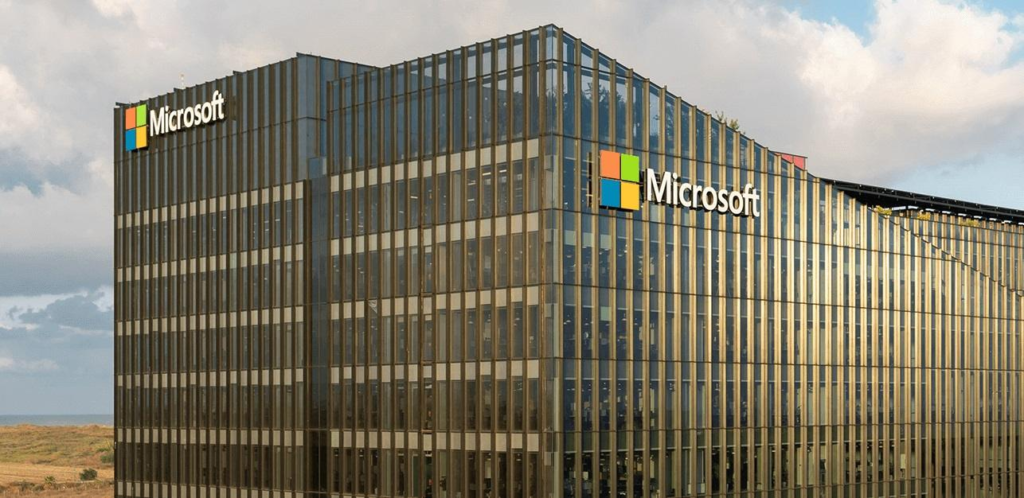Microsoft developed an extensive project aimed at combating climate change by deploying technology to extract carbon dioxide from the atmospheric air. The company implements CO280 paper mills, which function as manufacturing facilities to remove harmful atmospheric gases. Microsoft utilizes this program to complete its carbon emission reduction aims for 2030.
Microsoft requires establishing a paper mill facility within the Gulf Coast area to execute its strategy successfully. Starting in 2028, the special equipment at this mill aims to seize carbon dioxide (CO2) during the paper production process. Microsoft will pay for 3.7 million tons of these “carbon credits” over 12 years. That’s like erasing the pollution from 800,000 cars for a year.

How Paper Mills Can Trap Carbon
Paper mills turn wood into paper. When trees grow, they suck CO2 from the air. However, when mills make paper, they release the stored CO2 back into the sky. CO280’s idea is to catch that gas before it escapes.
The Magic Machines
The mill will use machines called “carbon catchers,” made by SLB Capturi, a company that builds tools for trapping CO2. The machines operate from the mill’s large oven facilities, which burn wood. The catcher team utilizes a sensitive liquid to capture carbon dioxide from the smoke stream. The trapped carbon dioxide travels through pipes to reach a deep underground salt-water cave where it remains stored permanently. There, it stays trapped forever. The process works similarly to clearing a messy space while safely storing away all the rubbish inside an enclosed box.
Why This Helps Everyone
This initiative provides environmental and social benefits simultaneously. Here’s why
- Fights Climate Change: Trapping CO2 stops it from heating the Earth.
- Saves Jobs: The practice of selling carbon credits generates financial income for paper mills, which allows them to operate and maintain their workforce.
- Cheaper Cleanup: Operation of existing facilities proves faster and less expensive than constructing new factories to capture carbon.
Jonathan Rhone from CO280 states that trees naturally capture most of the carbon dioxide through their growing process.

Challenges and What’s Next
Carbon catching isn’t perfect. The machines need lots of energy to run, and some people worry that companies like Microsoft should focus on reducing pollution instead of just cleaning it up. But this project could inspire others. CO280 plans to add carbon catchers to 12 more mills. If it works, millions of tons of CO2 can be removed yearly.
Microsoft has already bought carbon credits from other projects, such as planting forests. This paper mill plan is their biggest bet yet. For towns near paper mills, this could mean new jobs and cleaner air. Kids might grow up in a world where factories help the Earth instead of hurting it.





